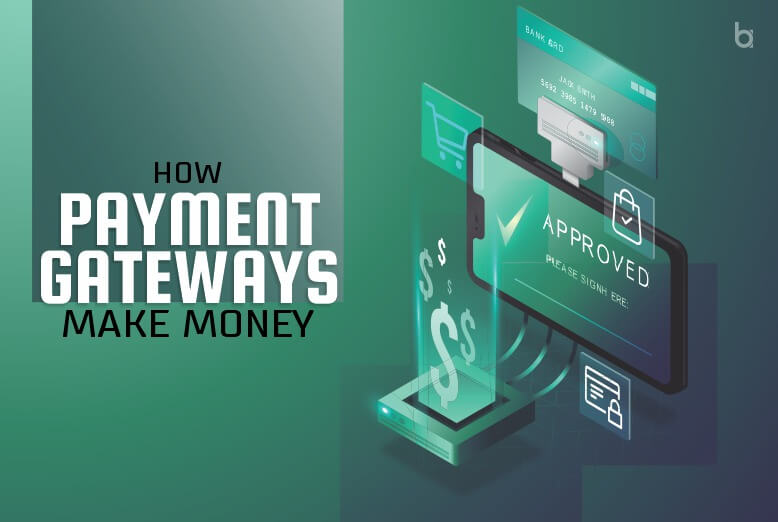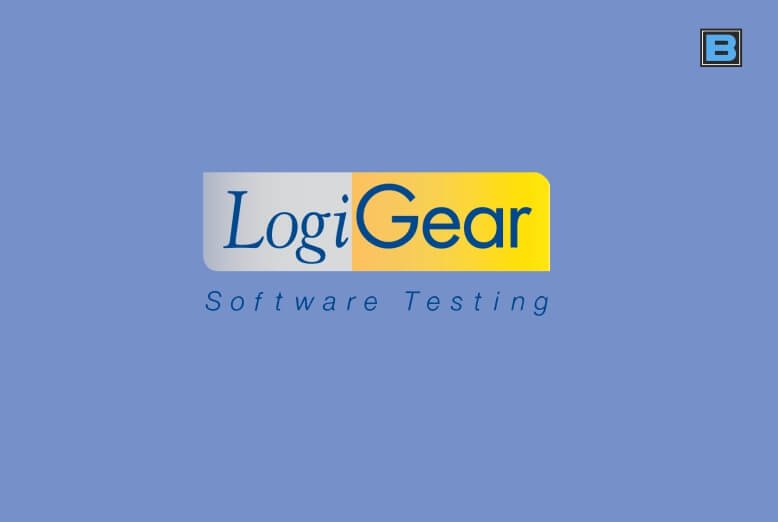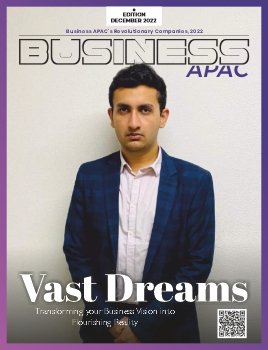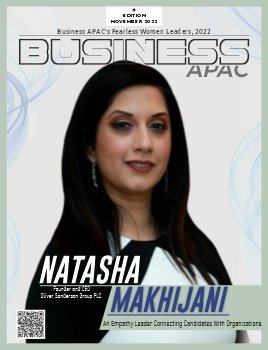We are living in an era where most transactions are on the verge of going cashless. Thanks to payment gateways, the process of digital and credit/debit card transactions has become much more streamlined. Although a majority of us leverage payment gateways to make cashless transactions, very few would know how payment gateways make money. In this blog, we will try to find an answer to this question.
But before diving deeper into how payment gateways make money, let us first see what a payment gateway is?
What is a Payment Gateway?
A payment gateway is a type of e-commerce service that accepts credit cards or direct payments from customers. It reads and transmits payment information from a client to a merchant’s bank account and then delivers transaction data and payment network answers to the front end. Subsequently, it collects Data, cash, and payments. It is a cloud-based software that links a customer with a retailer. When a cardholder uses their card to make a payment, the software incorporated into a point-of-sale (POS) system or card reader processes the transaction.
A bank may offer a payment gateway to its clients, or a specialist financial service provider, such as a payment service provider, may offer it as a distinct business (popular ones include PayPal, CC Avenue, Amazon Payments, Paytm, and PayU). It guarantees that funds are moved from the customer’s account to the merchant’s in a simple and secure manner.
How does a Payment Gateway work?
- When a customer places an order on the website, they must first click the “Submit Order” or “Checkout” button.
- The merchant transmits the payment gateway the information of that customer’s transaction in a secure manner. SSL (Secure Socket Layer) encryption is widely used for this. After that, the payment gateway sends the transaction to the issuing bank for approval.
- The issuing bank approves or declines the transaction after it has been authenticated (depending on the money available in the customer’s account). The merchant receives this notice from the payment gateway.
- The payment gateway settles the transaction amount with the bank, and the bank settles the amount with the merchant.
Although there will be minor variations in the procedure occasionally, such as when refunds or charge-backs are involved, most transactions will take place, as explained above.
How Payment Gateways make Money
The Payment Gateway Business Model is rather difficult. It is necessary to understand the business model of the payment world, i.e. the cards such as Master Card or Visa in order to understand how these providers generate money.
MasterCard and Visa are the two largest card issuers. “Network taking part Banks” are any banks that offer either of these cards to their clients. Both powerhouses offer their cards to banks and financial institutions for a one-time Network Participation Cost, followed by a per-transaction fee. This fee is ultimately passed on by the bank to the merchant who uses the “Point of Sale” to swipe customer-provided cards.
As a result, you may have noticed that small merchants accepting cards are hesitant to process cards because the bank charges them anywhere from 1% to 3% to process the transaction. This online facility cannot transport a point of sale (POS) system to each site to swipe the card. As a result, the Payment Gateway comes to the rescue. It operates as a virtual POS on the webpage, accepting money.
Let’s say a consumer made a purchase of $13.12 on the merchant’s website, and the merchant completed 9 similar transactions during the week, i.e. The total value of the weekly sale is $131.20. However, as the payment gateway (PG) has more bargaining leverage with the bank due to its substantial transaction volume, the bank agrees to reduce TDR from 2% to 1.5% at the time of settlement from the PG to the seller (assume).
As a result, the PG will receive (131.20 * (1-1.5 percent *(1+14.5 percent)) = $128.95 and will discount it by 1% (assuming) before passing it on to the merchant, resulting in the merchant receiving around $127.46 (128.95* (1-1% * (1+14.5 %)). Thus, the Card Issuer made the same amount of money as the bank, the bank made slightly less money because of client acquisition, and the payment gateway made some money. Due to bank fees, payment gateway fees, and government taxes, the merchant lost $3.74.
Charges varying with Modes of Transactions
Customers can make online payments using a credit or debit card provided by either a Visa or MasterCard, or an American ExpressCard, or they can just pay using Internet Banking. Each of these options has a specific TDR.
- Transaction Discounting Rate – Every transaction that is successfully routed via the payment gateway infrastructure is paid a transaction processing fee known as the Transaction Discounting Rate, or TDR, which is stated as a percentage of the transaction amount. The TDR varies depending on the customer’s preferred means of payment, such as credit/debit card, Internet banking, digital wallets like Paypal, or prepaid wallets like Paytm and Amazon Pay.
- Charges for foreign transactions – For transactions involving several currencies, many payment gateways charge a higher TDR.
- Maintenance and support fees – Companies that open payment gateway accounts are charged with annual maintenance fees and technical support fees.
- Setup costs – There is often a setup charge associated with opening a payment gateway account, which varies by the gateway.
- Insta Pay – Some payment gateways, such as Instamojo and PayU, allow offline shops to collect payment through credit/debit card or other online payment alternatives by sending a link to customers via email or SMS, which they then click to pay. For such transactions, a TDR is also applied.
How to choose a payment gateway?

Choosing a payment gateway for a business can be tough for many business owners, founders, and product managers.
The following are characteristics of a good payment gateway:
- High rates of success.
- There are several payment options available.
- Onboarding is simple and quick.
- The security that complies with PCI-DSS
- A dashboard that is both informative and easy to use
- Competitive pricing choices
- Setup is free, and there are no ongoing costs.
Aside from this, opt for a payment gateway with a slew of extra features, such as:
- There are a variety of tools and features that allow businesses to take payments without having to use a website or an app.
- Acceptance of recurring payments for a company’s subscription services
- Customers can run deals, get EMIs, and receive discounts.
Payment Gateway: Essential in day-to-day life
Finding the right payment gateway is an important concern over how payment gateways make money. It is a critical choice for your company. A payment gateway focuses on establishing a secure connection between a client and a business to allow for payments. It causes the verification of both parties from the respective banks. The major benefit of a payment gateway is that millions of people may use it, allowing you to buy and sell products and services anytime you want.
Also Read: Payment Asia: Providing the Most Secure One Stop e-Payment Solutions




















